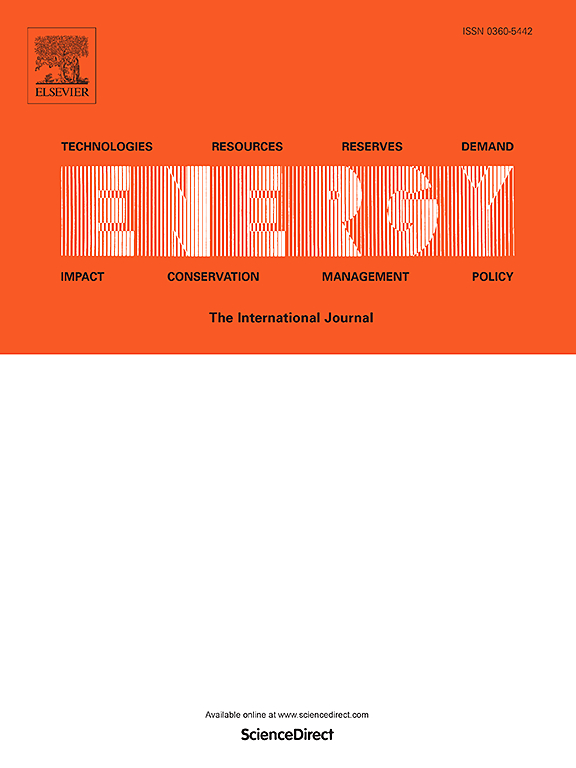Carbon capture, utilization, and storage in China's high-emission industries: Optimal deployment under carbon neutrality goals
IF 9
1区 工程技术
Q1 ENERGY & FUELS
引用次数: 0
Abstract
The Coal-fired power plants (CFPPs), Iron & Steel Industry (ISI), and Cement Industry (CI), the three high-emission industries, account for about 70 % of China's total carbon dioxide (CO2) emissions, facing significant challenges in carbon reduction. Carbon Capture, Utilization, and Storage (CCUS) is the foundational technology in high-emission industries' achieving carbon neutrality. This paper first investigated 3137 CFPPs, 2025 cement plants, and 392 steel plants, assessed their suitability for CCUS retrofitting. Secondly, the Industry-CCUS model was constructed to identify CCUS deployment plans for high-emission industries under different scenarios. Finally, a comprehensive analysis and prioritized clusters for CCUS deployment in China's high-emission industries are provided. The result shows that when the carbon reduction demand for CCUS reaches 1.444 billion tons per year, requires 658 CFPPs, 101 steel plants, and 357 cement plants to be CCUS-deployed before 2045. Total investment of 31.247 billion USD, with the investment costs for the three high-emission industries being 19.686 billion, 7.187 billion, and 4.374 billion USD, respectively. It is necessary to establish two CCUS cluster areas nationwide, recommended to Jinan and Shenyang. The research provides data support for the optimized deployment of CCUS in high-emission industries, offers a theoretical basis for carbon reduction in China's high-emission industries.
求助全文
约1分钟内获得全文
求助全文
来源期刊

Energy
工程技术-能源与燃料
CiteScore
15.30
自引率
14.40%
发文量
0
审稿时长
14.2 weeks
期刊介绍:
Energy is a multidisciplinary, international journal that publishes research and analysis in the field of energy engineering. Our aim is to become a leading peer-reviewed platform and a trusted source of information for energy-related topics.
The journal covers a range of areas including mechanical engineering, thermal sciences, and energy analysis. We are particularly interested in research on energy modelling, prediction, integrated energy systems, planning, and management.
Additionally, we welcome papers on energy conservation, efficiency, biomass and bioenergy, renewable energy, electricity supply and demand, energy storage, buildings, and economic and policy issues. These topics should align with our broader multidisciplinary focus.
 求助内容:
求助内容: 应助结果提醒方式:
应助结果提醒方式:


